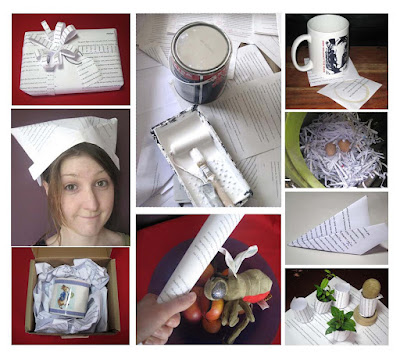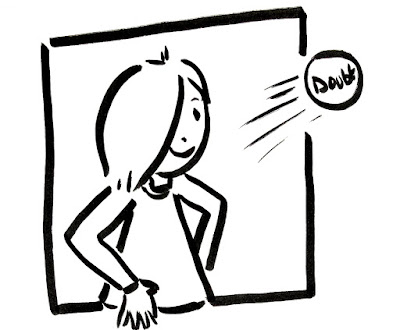 |
| Tweet ready for a physical pitching competition |
I love a good pitch. I am actually pretty good at pitching too. To clarify - I’m obviously talking about pitching books NOT singing acapella. Believe me- no one wants to hear me sing, my husband (who is a trained musician and used to be a professional singing teacher) has told me; I quote … [I] ‘can’t carry a tune in a bag!’
I can pitch a novel though. I tend to write high concept, commercial stories with a literary edge which I’m passionate about – and this luckily tends to makes it easy to talk about and make sound exciting.
I also am in the habit of starting my new projects with a pitch. Usually an elevator pitch which is the essence of the book. In addition I write the synopsis (hole ridden though it may be) of where I see the story going and including key elements. I use this as a rough map whilst penning the first draft. Of course writing and creativity often take you to unexpected places (this is one of my favourite parts of a new project) so when I’m writing I tweak the pitch and synopsis. So all three, the manuscript, synopsis and pitch are constantly evolving.
I often enter pitching competitions, especially twitter ones, not because I expect anyone to request to see my work, (as I always think my tweets get lost in a sea of pitches) but to force me to work and improve my pitch. With Twitter pitching events you have to keep your pitch tight, distilled down to bare essence of the story, PLUS leave room for hashtags that communicate the genre, sub-genres and age group of your novel. Also many twitter pitching events allow you to pitch the same novel multiple times as long as the pitch is different. This is great for forcing me to be creative and experiment until I have an array of pitches for each project. Also the feedback of comments and re-tweets (and if I’m lucky a ‘like’ from an industry professional) help me gauge which of these pitches works the best. This can also help to reassure me which pitch to use on submissions letters.
So I tend to do a lot of pitching events and I have more often than not had at least one ‘like’ from an industry professional, opening up an opportunity which after I’ve researched them, and I am ready, can be seized.
I have also had some luck with other pitching competitions, at SCBWI and Gold Egg Academy events, some of which have resulted in requests to see manuscript , which has been great - always a little confidence boost if nothing else!
Here some of my tips for penning pitches…
- Think of what the TAG LINE would be if your book was adapted into a movie.
- Write it longer and edit if down. It doesn’t matter if it’s a paragraph, or even a full page. Get everything written down and then keep halving it until it is only a sentence. This will make you really think of what you can delate but still communicate what the main elements and ISP (Individual Selling Point) of your story.
- If you are gifted at grammar, grammatize the hell out of it, so it can be longer but still a sentence. For an example of a master of this read ‘Mrs Frisby and the Rats of Nimh’ by Robert C. O'Brien – this is actually taught in universities to illustrate this exact point!
- If you can add a good comparison quote do. Compare your project to things people know, don’t go for obscure compassions. Also don’t be afraid to use movies or popular TV shows if it fits better, for example…
- Keep a Pitch Document with all your pitches ready to copy and paste. In here you can have multiple versions of twitter pitches, elevator pitches, compassion pitches, or longer blurb type pitches.
- Lastly, take your time. Do it over a week. Do some then leave it and come the next day with a fresh set of eyes and do some more edits.


















































